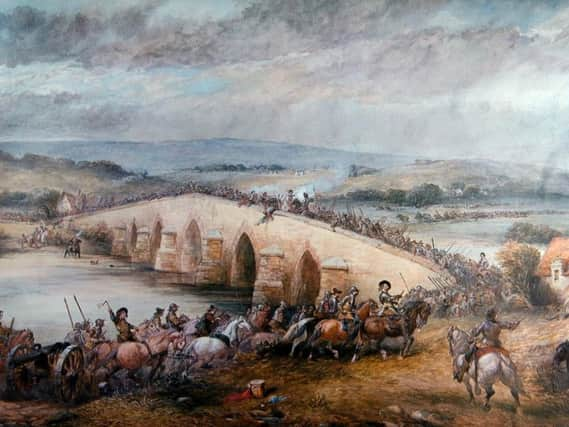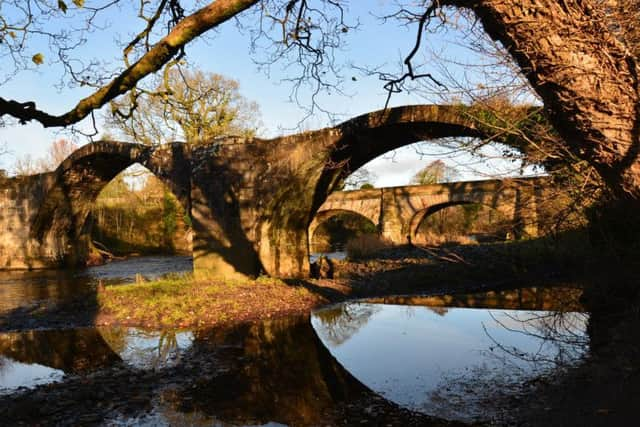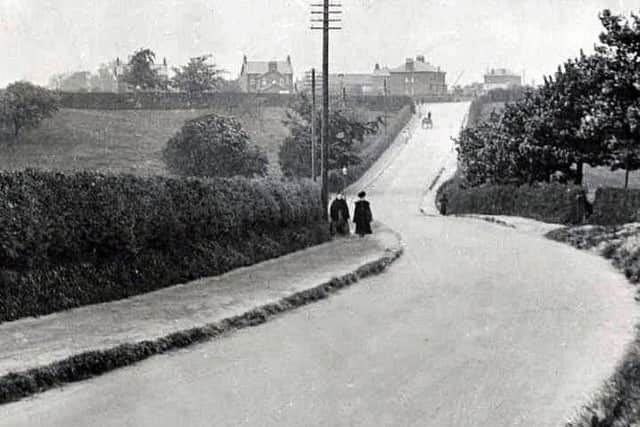Bloody battle left dead strewn across Preston


The Battle of Preston of 1648 deserves to be better remembered as a turning point in the execution of King Charles I.
The execution of the King in 1649 is one of the best known events in British history, and is very much associated with London, the House of Commons and Westminster Hall-but is was the
Advertisement
Hide AdAdvertisement
Hide AdBattle of Preston in August 1648 which paved the way for this hugely significant action by Cromwell and his supporters.


If the result of the fighting had been different, modern day Britain would be ruled in a totally different way.
Other civil war battles in the Yorkshire and South may be more well known, but they did not end the civil war between the forces of Charles I and Oliver Cromwell; that happened at
Preston, when over two days in August 1648, the last army loyal to the King was destroyed and humiliated. The more famous battles of Marston Moor and Naseby were not as decisive as Preston; they did led to the King’s defeat in 1646, but in 1648 he started the war again, this time with the help of a Scottish army which had supported parliament the first time around.
Advertisement
Hide AdAdvertisement
Hide AdIn the summer of 1648, a Scottish army of 18,000 invaded Lancashire for the king. Cromwell and his colonels had spent the past year in a desperate attempt to quell rebellion all over the country and this invasion from the north had to be stopped.


The two sides met at Preston on August 17-18, 1648. The victorious side had an excellent chance of winning the second civil war. The Royalists chose Lancashire rather than Yorkshire because they believed that the hedged and enclosed land around Wigan and Preston would be a good defence from the terrifying cavalry charges of Cromwell’s ‘Ironsides’. They also expected more support from the local Catholic population; apart from Manchester and Liverpool, parliament had struggled for success in Lancashire during the war.
In reality, the local population remained neutral and fearful. It was to be a battle of outsiders that involved few Lancastrians. King Charles awaited the news as a prisoner in Carisbrooke Castle- a Royalist victory may well have saved his throne.
He had reason to hope; rebellions against Cromwell had appeared everywhere, and Cromwell himself was heading for Lancashire with a tired and depleted army after costly victories in Wales. The army had moved so quickly that the vital field artillery had been left behind.
Advertisement
Hide AdAdvertisement
Hide AdPreston was one of the first battles were Cromwell was actually outnumbered by the enemy, and he went into battle with another major disadvantage.


It had rained so much in early August, and so that the waterlogged ground did not favour battle by cavalry charges. Cromwell’s favourite and most famous weapon of war was unavailable. Cromwell had already gained his reputation as a military genius before 1648, but whether he deserved it or not, brilliant military tactics were not needed at Preston.
The leadership of the Royalist Duke of Hamilton was terrible. He squandered his numerical superiority by splitting his army in two, and strung them out in a long line that reached to Wigan. Local commanders did not believe Cromwell could get from Pembroke - another vital victory- to Preston in so short a time. They only realised their mistake when Cromwell attacked the divided army on the morning of August 17, in the area which is now Fulwood, cutting of their retreat to Scotland and forcing them into the centre of town.
By the first day, after appalling hand-to-hand fighting of the most basic and grisly sort with muskets, swords and pikes, and with dead bodies and dying horse blocking the streets, Cromwell’s army secured the bridges over the Ribble and the Darwen.
Advertisement
Hide Ad